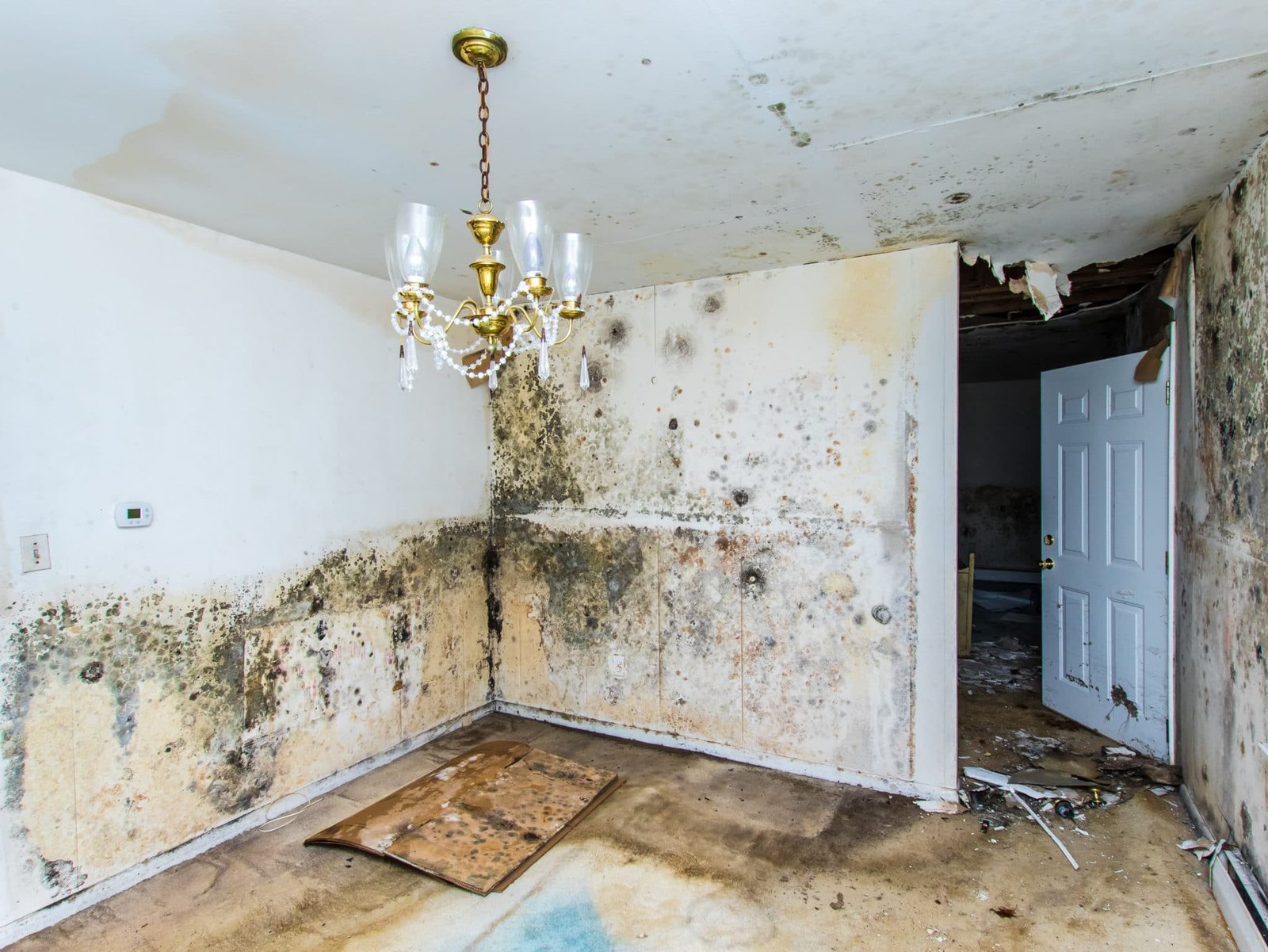A little bit of water can wreak havoc on your home. Ask the thousands of property owners who must make emergency repairs when flooding or burst pipes destroy their walls. It’s a real pain!
And it’s even worse if it happens to you and you don’t know what to do. Will the walls be okay? Should I give them a quick clean, or do they need replacing? Should I get my walls painted or just wallpaper over the damage? What is the least expensive option? At Robinson Restoration, they serve all of Vancouver and are here to help you fix water-damaged walls fast. You can trust their work; they don’t need expensive building work and products. Read on to learn the process of fixing damaged walls.
Locate the Damaged Place
If there is a leak, you’ll want to find it before anything else. You can check your ceiling for discoloration, mold, or mildew growth on the wall. Then take a tape measure and mark around the damaged area with a pencil, so you know how big it is.
Remove Plaster
You can do this by either scraping it off or sanding it down. To do this, use a utility knife and score around the damaged area. Then, use a flat-head screwdriver, hammer, or chisel to break out the damaged area. Wear protective gear while doing this—the plaster can be very sharp! If you have large chunks of plaster, use a hammer and nail to remove them.
Clean and Wash
You can use a vacuum cleaner or a stiff brush and dustpan to clean the dust, but if you have water damage on the walls, you will need to use something more powerful. You can use a wet vacuum or a pressure washer to remove dust and large scraps. After cleaning the dust off your walls, you should wash with a sponge and a bucket of water, dry off with a hairdryer, or leave it to dry naturally.
Prime and Seal
First, you’ll want to apply a drywall primer to the wall. It will help ensure that the new paint sticks well and doesn’t peel off when it dries. You can find drywall primer at your local hardware store in a variety of colors. Make sure you read the instructions on the back of your primer before using it, as some primers require different application methods.
Prime and Seal involve applying a primer directly onto the wall surface, letting it dry for about 30 minutes, then using a clear concrete sealer. It will help protect against future moisture damage and make it easier for new paint or wallpaper when you decide to replace it later on down the road.
Repair
The best way to do this is by using a joint compound. This compound is available in different colors and textures. You will want to choose one that matches the texture of your wall so that it blends in with the rest of the wall.
Before applying joint compound, ensure you have cleaned up any debris from the area where you will be working. Then mix up some joint compounds according to the instructions on its container. Once mixed, apply it directly over where damage was done to your walls. Make sure it covers all areas with holes made by the water or other materials such as mold or mildew spores.
It’s a bit thick, so you’ll want to apply it in thin layers and let each layer dry before putting on another coat. You’ll also want to let it dry for at least 24 hours before painting over it with your desired color or texture.
Paint
The paint should be applied with a brush or roller, then allowed to dry for 24 hours. Be sure not to use too much paint at once. You want enough coverage so there aren’t any apparent patches where water damage is still visible underneath (this will cause peeling later). After you’re done painting, ensure the new drywall is completely dry before applying any other finishes or layers of paint.
Drying and repairing water damage to your walls could take several days, depending on the severity and size of your project. Water damage can be devastating. But if you find the source (and shut it off) and begin cleaning up immediately, you can save your walls. Remember that even a small leak over time will cause massive damage to your walls, but if you keep an eye out for leaks, these strategies will help you avoid repairing damaged walls altogether.
